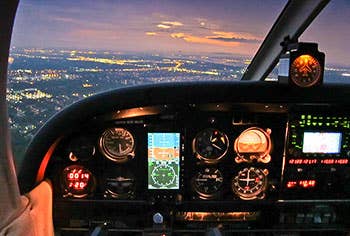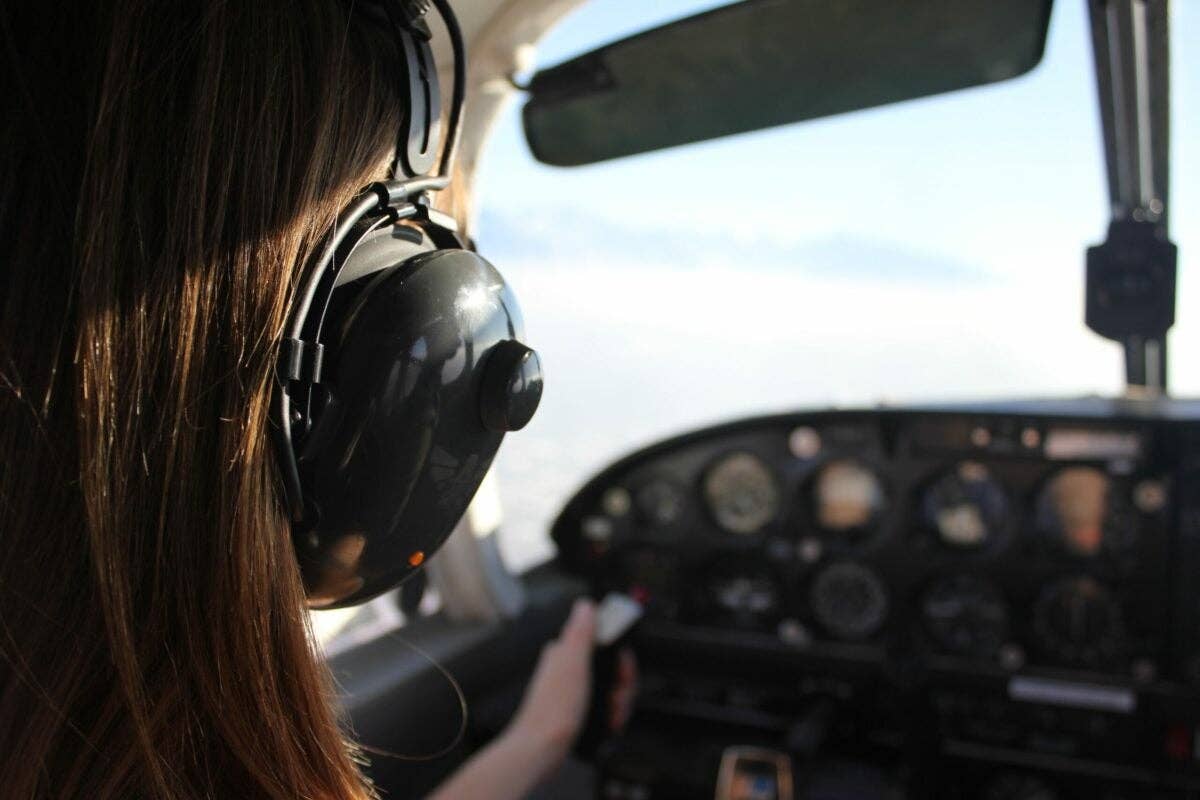
If you don’t do a post-flight walkaround, it’s likely you won’t notice the issue until the next flight. [File photo: Adobe vStock]
Despite some of my instructors doing their best to drill into me how important a thorough post-flight walkaround was to end a flight properly, it wasn't until some self-inflicted embarrassing experiences that I learned my lesson.
If you are familiar with this type of pilot error, you'll also know that it's likely you won't notice the issue until the next flight, which could prove to be costly if you realize only then that you need maintenance—not the quick kind—or suddenly your startup checklists aren't making much sense, even though you're doing all the “right things.”
“The busy summer ahead provides you with much opportunity to fly, so much so that you may begin to lower your guard.”
For example, one moment I'll never get over was when, while taxiing in after completing a flight, I forgot to place my auxiliary fuel pumps in the off position while flying the DA-42VI trainer. With my mind clearly on other things, suffice to say, I also shut the airplane off with the pumps both on. I could've caught it if I wasn't in a rush. It was after a night flight and I was anxious to get home—that’s my excuse.
Moreover, I could have caught it if I hadn't let complacency creep in and used a checklist like I was taught. But I figured the airplane was on the ground in one piece, so no harm, no foul. It wasn't until the next day, when I had an early morning departure, that things didn’t seem to click when I tried to run through my initial startup procedures.
Nothing I did seemed to work even though I thought I was doing them in the proper order. It took an embarrassing amount of time to finally realize I'd left the fuel pumps on, which was a costly glitch. You can imagine how flushed my face was as I tried to explain to my student what happened, how I tried to explain away my lackadaisical post-flight procedure the night before and attribute it to clumsiness this morning instead.
Thankfully, this time it was only a fuel pump. However, it made me think about the other things I could have missed and what role that could have played in an incident later—if not for myself, for another flight crew.
Months later, I'd run into another pilot who had just begun flying the same airplane, and as if on cue, when they got to a certain level of experience, they made the same error, too, as if reading from a script. Bewildered, the pilot explained that they could resolve the issue only by recalling my prior experience, which I shared after my mishap. While my salty experience proved helpful, it was more concerning that it wasn't unique. It was an all-too-common experience for pilots, as they became more comfortable in their airplane and started lowering their guard. This time, it was showing up during the post-flight walkaround.
I've seen more flagrant sins of omission—hard landings that cause damage to the airframe via either tail strikes or firewall damages; flat tires; cracked windscreens; hydraulic or coolant leaks, the list goes on. The ones that really get you are the non-obvious ones that can prove costly. Some of them would only become apparent the next time you are airborne. For instance, issues with the flight control systems that inhibit movement or affect performance. There's no worse dread than suddenly realizing the exact moment hours early where you created a chain of events by not being thorough.
Think Like an Owner
The busy summer ahead provides you with much opportunity to fly, so much so that you may begin to lower your guard. It’s in your best interest to keep yourself to a high standard. The advice I'd give to my students is that a flight wasn't complete after landing, but only after we'd do the thorough post-flight walkaround and ensure things were as they should be.
Furthermore, I'd suggest that they take an owner's mindset and go beyond the obvious things on the checklists. Some things to consider:
- Did the aircraft or windshields need cleaning?
- How were the tires' pressure and thread?
- Would the airplane be secure in the parking location with the forecasted weather?
- Do you put all the proper covers on to protect it from moisture or wildlife?
- Do you have any upcoming database updates or inspections?
You can appreciate the airplane's value as an asset and probably won't cut any corners by thinking like an owner. You'll be ahead for the next flight and can limit your airplane's downtime. Moreover, you'll save yourself a world of embarrassment. Ultimately, you'll thank yourself if your inspection saved you from discovering maintenance squawks that now suddenly eat into your $100 burger money. If you're looking for a sign today, this is it—do your post-flight inspections and walk arounds.

Sign-up for newsletters & special offers!
Get the latest FLYING stories & special offers delivered directly to your inbox






